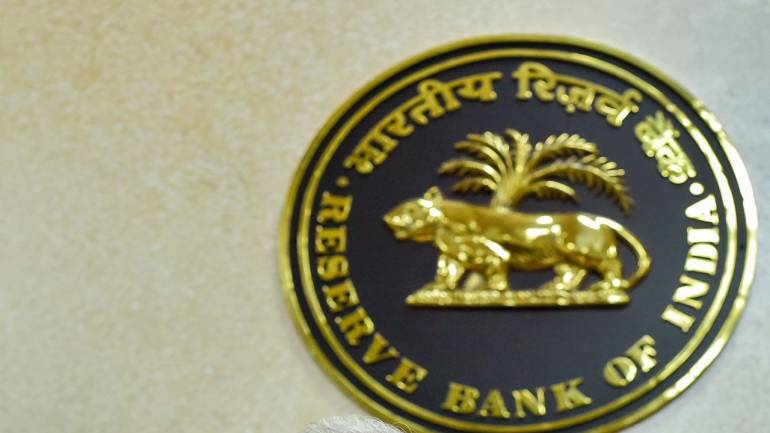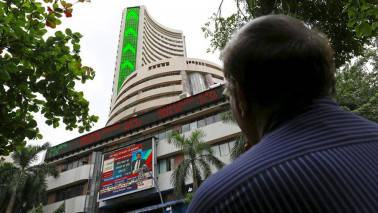The study stressed that RBI is not over-capitalised and it needs to raise its capital ratio.
How much capital reserves should the Reserve Bank of India (RBI) hold? Weighing in on this debate, Mumbai-based think tank Centre for Advanced Financial Research and Learning (CAFRAL) said the central bank's average capital-asset ratio at 6.6 percent is under-capitalised compared to other emerging economies at 6.96 percent. The study, which covered balance sheets of 45 central banks, found the global average was 6.56 percent.
Authors of the report - Sujan Bandyopadhyay, Rishab Devnani, Sudipta Ghosh and Amartya Lahiri - warned that operating losses could push RBI to seek financial assistance from the government, compromising its autonomy. "Value-at-Risk estimates for the RBI, excluding exchange rate risk, indicate that the current level of the core capital of RBI at 6.6 percent is too low. The target number for the RBI core capital should be above 16 percent," it stated.
Importance of higher capital reservesAs per the report, low capital reserves create two problems: 1) It compromises the ability of a central bank to manage risks; and 2) Negative income shocks can push the central bank into negative equity territory which could further compromise the banks operational capability.
The authors, in discussions with RBI Deputy Governor Viral Acharya and former chief Raghuram Rajan, among others, warned that low capital reserves would be enough to wipe out all of RBI’s current core capital. Explaining their rationale for the same, they said, “In any given year, more than one in seven central banks have negative surpluses with the number rising to one in five in some years. Moreover, when negative income shocks occur they can be large enough to wipe out the entire core capital of the central bank.”
They warn that if such a scenario arose, it would call for a ‘capital injection by the government’. “India’s consolidated fiscal deficit is 65 percent more than the average fiscal deficit among emerging economies and 128 percent greater than the international average. Clearly, relying on injections of resources from a government running such a high deficit would seem to be risky, if not improbable.
“Stipulating a strictly mandated level for total central bank capital could induce demands for special dividend payments to the fiscal authority when the central bank’s capital rises above the stipulated target. Such payments would either increase fiscal spending directly and potentially compromise the central bank’s inflation target or, raise credit in the economy which would compromise its liquidity and credit targets. In anticipation of such payment demands, central banks could respond by deviating from their preferred monetary policy in order to avoid paying out this one-time excess capital cess,” it said.
In a nutshellThe study stressed that RBI is not over-capitalised and moreover it needs to raise its capital ratio.In 2018, it was estimated that the central bank held at least Rs 3.6 lakh crore in excess capital, putting in under pressure to part with some of its reserves. The government was seeking to plug its widening fiscal deficit on the back of lower tax collections and divestment proceeds. It was also cited as the prime reason why Urjit Patel resigned as RBI Governor on December 10, 2018.
In conclusion, it listed three steps to determine the optimal capital base of the central bank and reduce conflicts. First, compute the actual capital level as a three-year moving average when evaluating its level relative to the agreed capital target. Second, only target core capital. And three, it stressed, payments of any excess average capital holdings need to be made in a phased manner rather than as a one-time payout.














